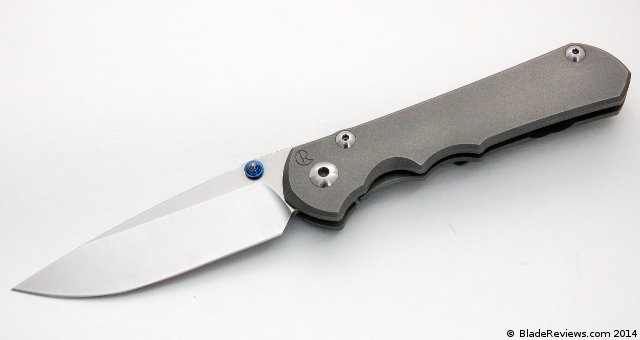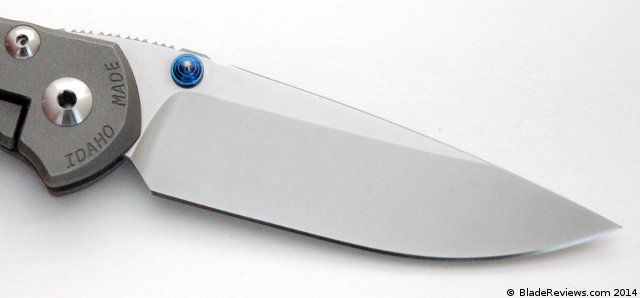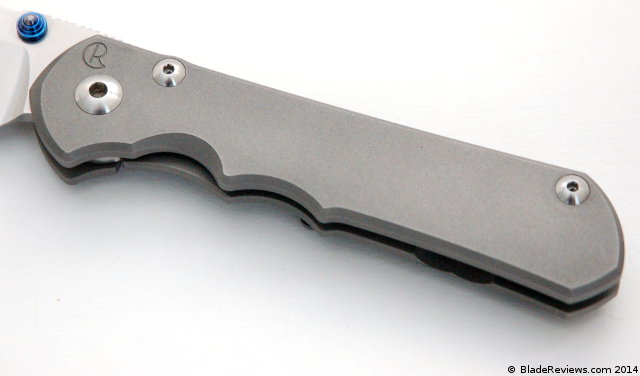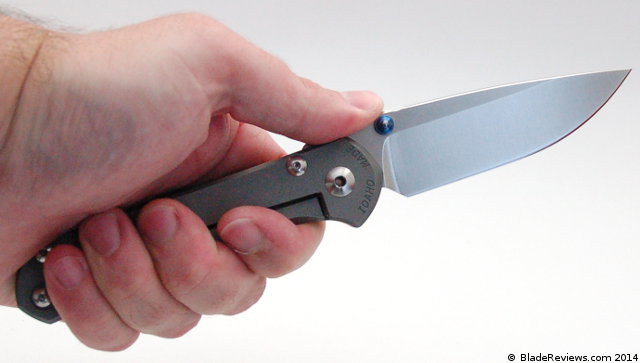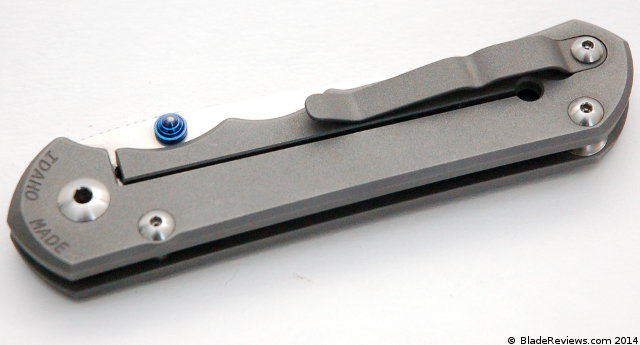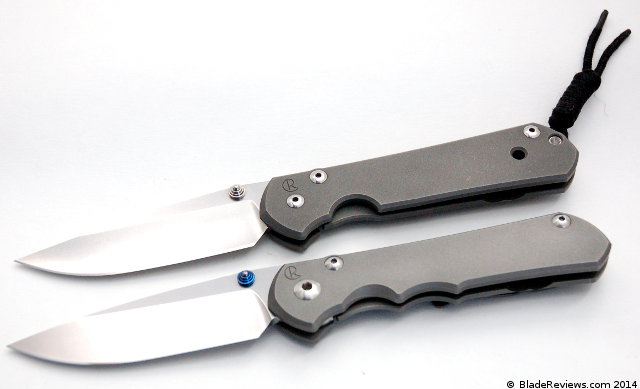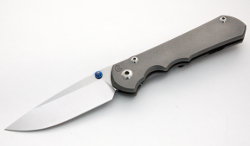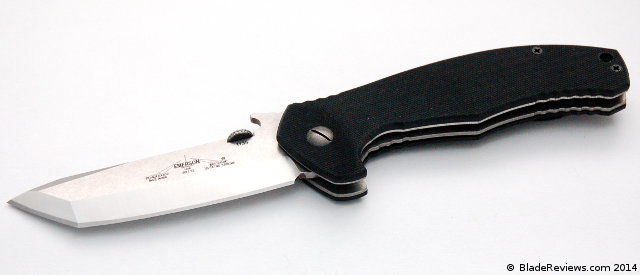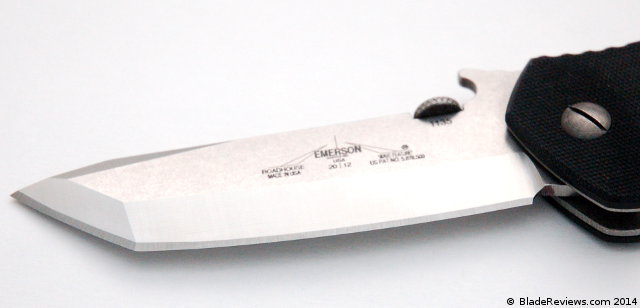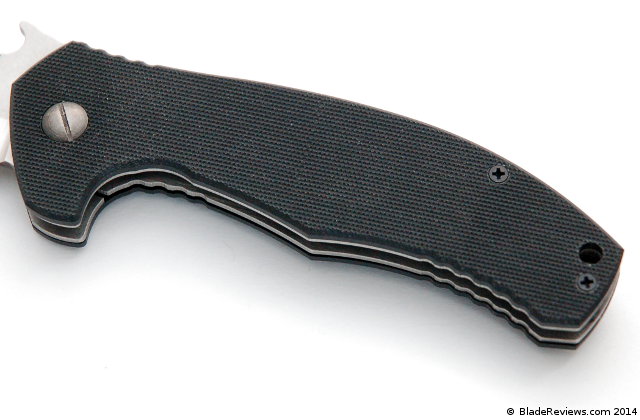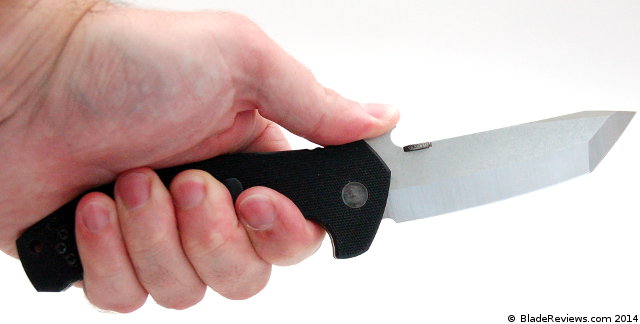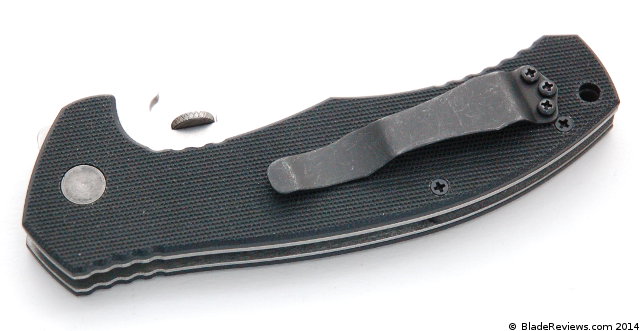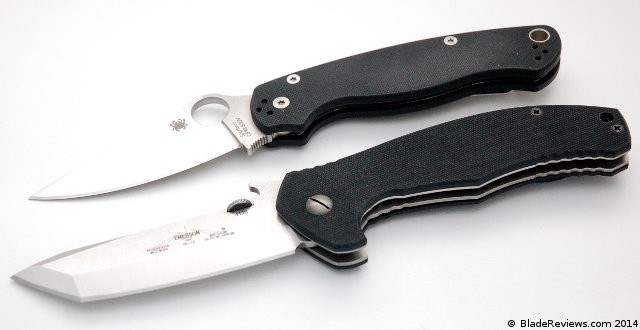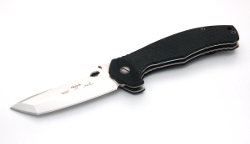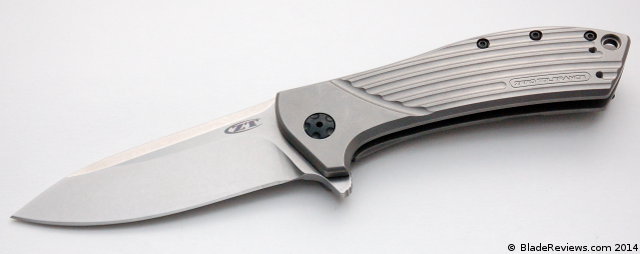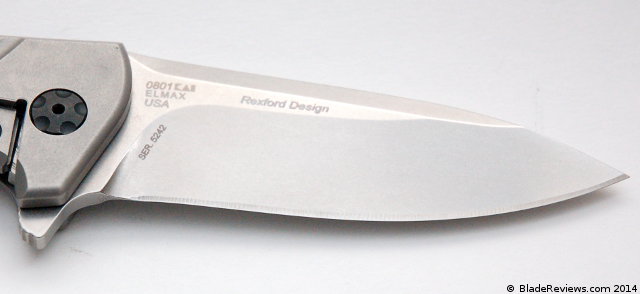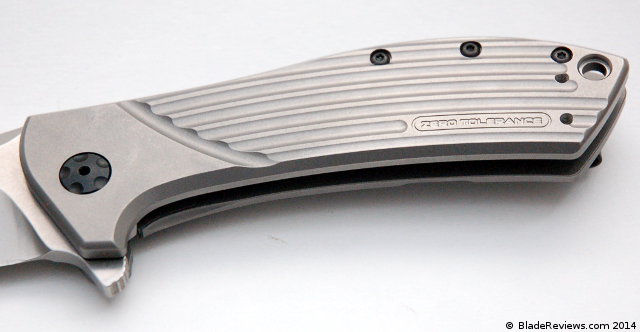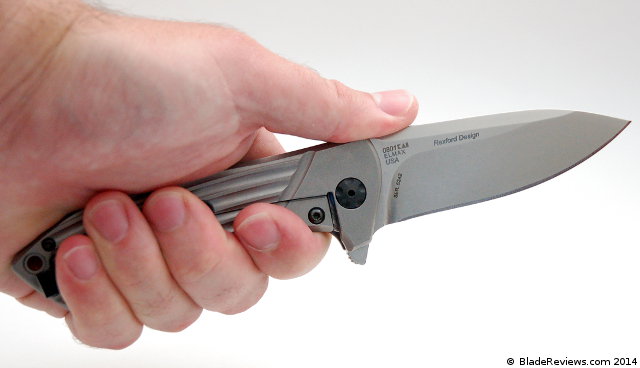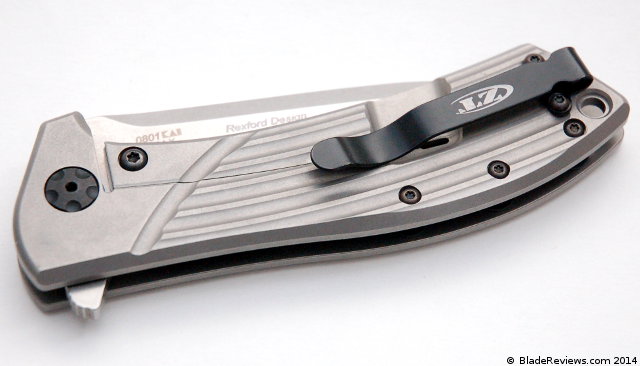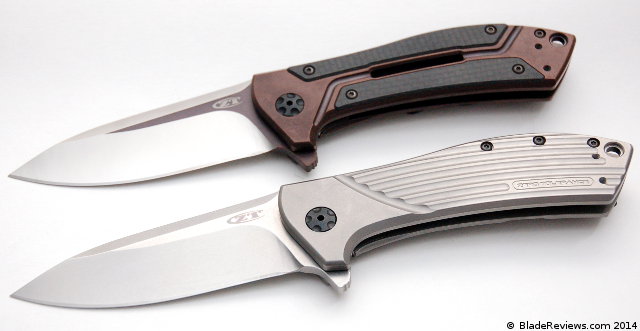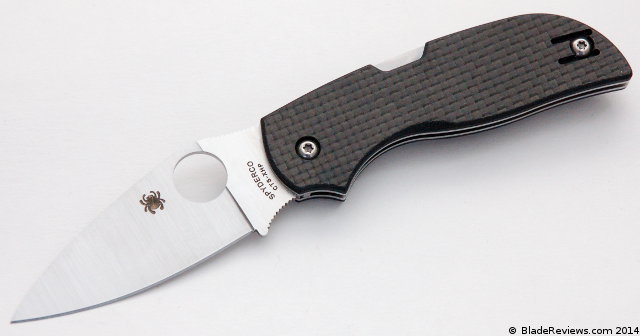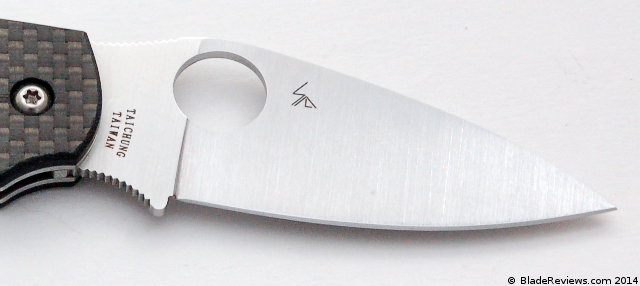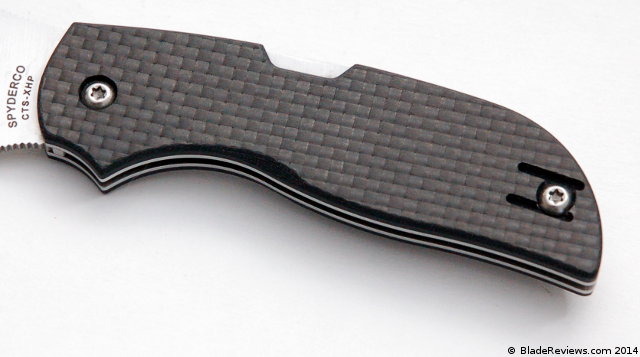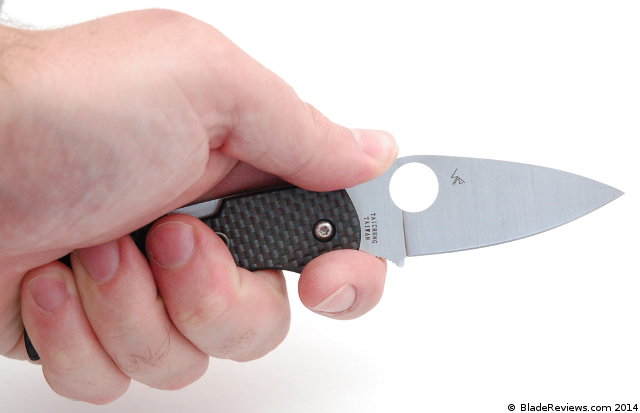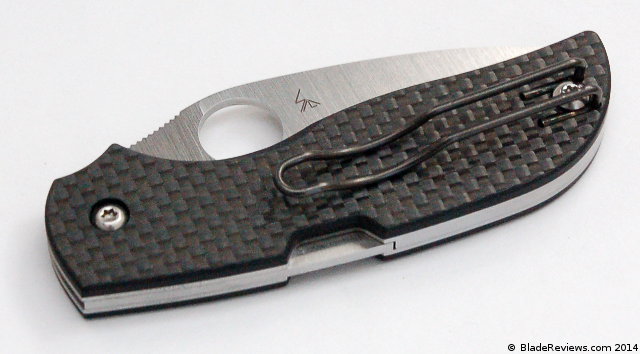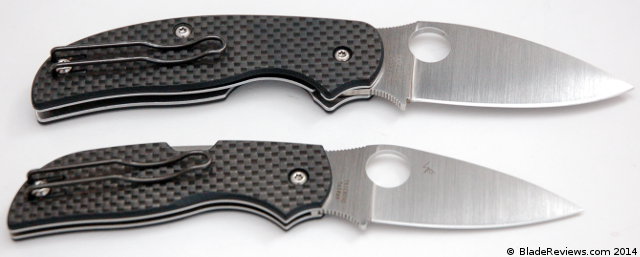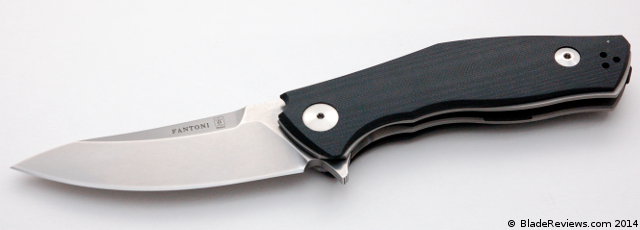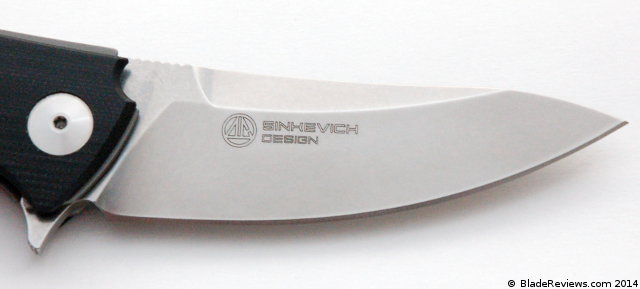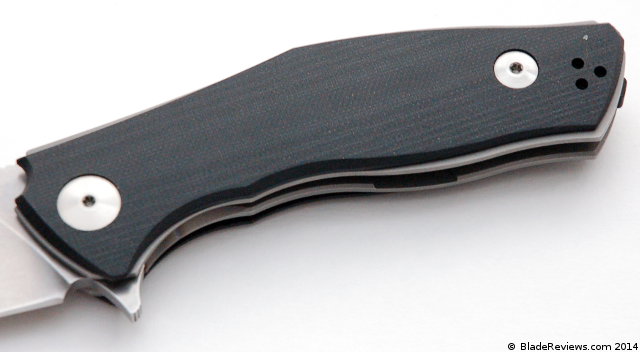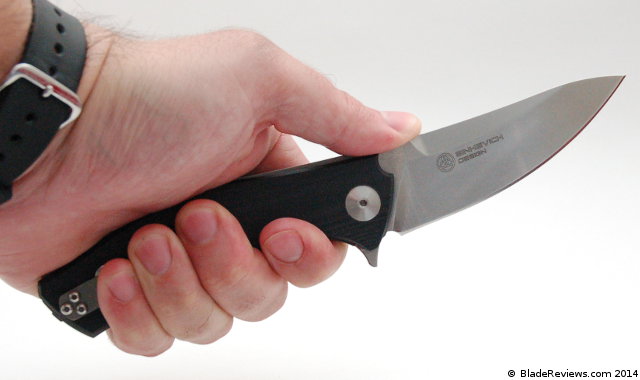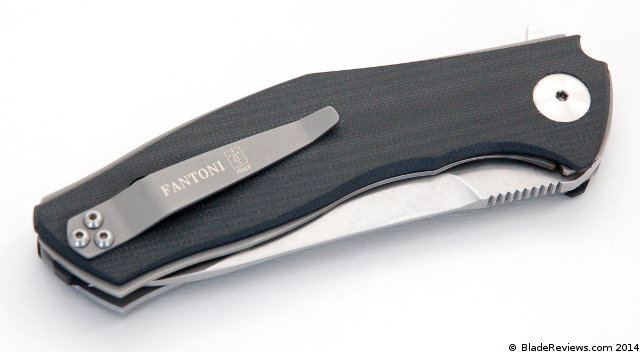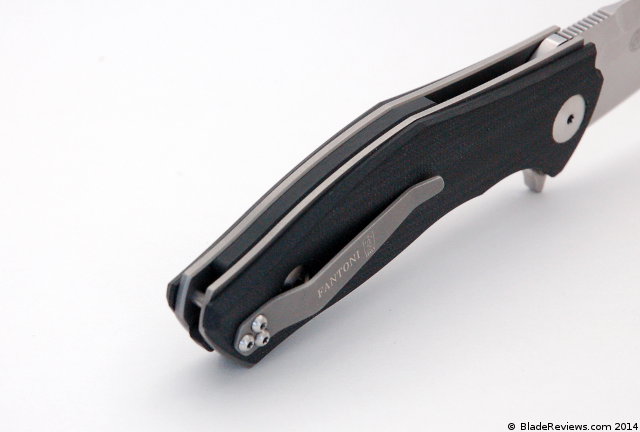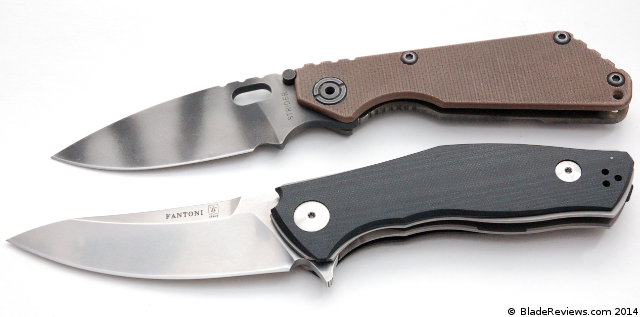Last Updated: March 9, 2018
When I hear the words “hard use folder” it’s often accompanied by a mental image of dollar signs. For whatever reason, we have equated hard working blades with titanium, super steel, and triple digit price tags. Those knives are cool, and I am sure some are capable of getting work done, but not everyone has that kind of cash – and even if you do it can be hard to really buy a knife like that and drive it like you stole it.
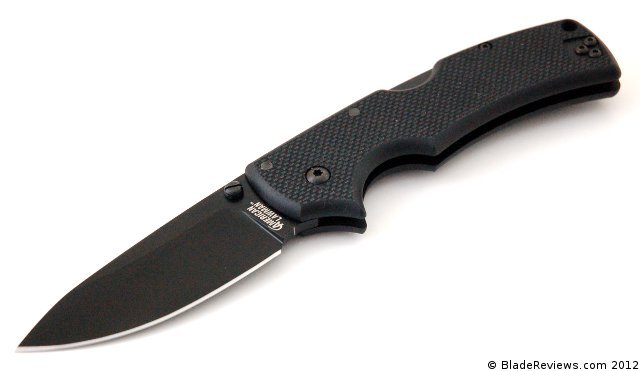
Buy the Cold Steel American Lawman at BladeHQ
That’s why I like the Cold Steel American Lawman. For around $85 you get a rock solid knife that you aren’t afraid to beat on. After all, what’s the point of a hard use knife if you can’t actually bring yourself to hard use it? I have thrashed on my review sample for years. Lets take a closer look at one of my favorite every day working tools.
General Dimensions and Blade Details
The American Lawman has an overall length of 8-1/8″, a 3.5″ blade, weighs 4.5 ounces, and is made in Taiwan. This is a nicely proportioned medium sized folder designed by Andrew Demko. I found it reasonable enough for every day carry, but could definitely see this as a dedicated work knife or tactical blade. The “Lawman” designation seems to fit well.
The Lawman features a simple drop point blade with a high hollow grind. The knife is thinly ground, making it an aggressive slicer, and the tip is reinforced to hold up against hard use and thrusting. I like the blade shape. It’s not as aggressive as many of Cold Steel’s other offerings but is still very useful. There is plenty of belly, the tip gets nice and sharp, and the knife generally cuts really well.
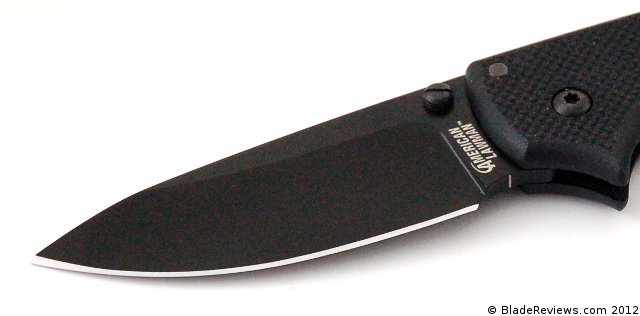
Originally, Cold Steel used AUS8a for the blade steel, which is basically the same as AUS8. AUS8 is known as a softer steel and a lot of people don’t like it. I like AUS-8 because a couple swipes on a Spyderco Sharpmaker restores the knife back to hair shaving sharpness.
In 2015 Cold Steel updated their lineup of knives to include CTS-XHP steel, an American stainless steel forged by Carpenter. This is a superior steel to AUS-8, although it adds approximately $30 to the price tag of the knife. I have experience with CTS-XHP with other knives, and have had hands on experience with the Cold Steel Ultimate Hunter in CTS-XHP. CTS-XHP will hold an edge longer than AUS-8, and it is still easy to sharpen.
Cold Steel also upgraded to blade coating from a cheap black teflon coating, to a high end DLC coating. DLC is probably the best coating there is, so it’s a great upgrade.
Handle, Ergonomics and Pocket Clip
The handle of the American Lawman is made primarily of two thick pieces of black peel ply G10. There are no liners of any kind inside the handle and the G10 screws directly into a black aluminum backspacer and stainless steel lock bar. In practice the handle is quite strong. The G10 is thick and I was not able to flex the handle at all – so I would not worry that this handle will not be up to hard use. Fit and finish is nice too. All of the edges have been nicely rounded and everything lines up well. This is a strong and well put together handle.
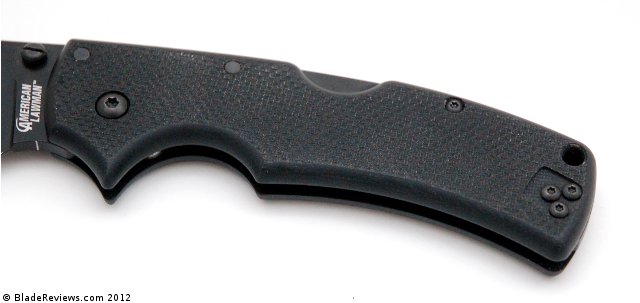
I really like the ergonomics of the Lawman. The handle is plenty large and allows for a comfortable grip. There is some shallow jimping on the top of the handle. It’s not aggressive but provides some texture and feedback for your thumb. The G10 is extremely high traction and provides a good deal of grip. One of my favorite ergonomic features is the forward choil. Much like the Spyderco Sage or Paramilitary 2, this forward choil allows you to choke up and really get some detail work done. I am a huge fan of the forward choil. Cold Steel usually doesn’t include this feature so I think it’s worth mentioning. Finally I want to say that the knife also feels comfortable in a reverse grip.
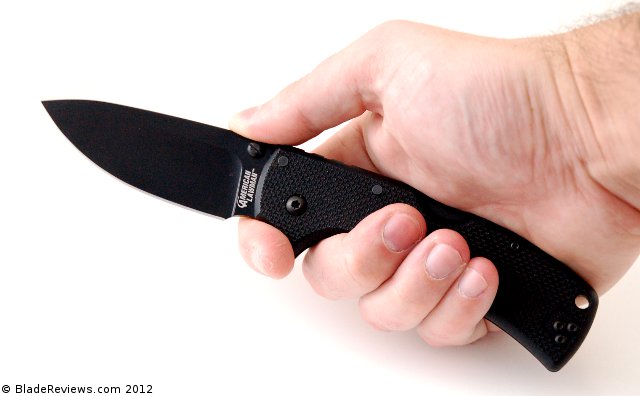
The pocket clip is standard fare for Cold Steel. It’s small black coated stainless steel clip. It’s very tight. The tight clip combined with the aggressive G10 means it can tear up your pants if you aren’t careful. The clip is reversible (they actually include 2 clips since it’s a curved design) and it allows for tip up carry only. In pocket the American Lawman carries well. The small clip buries the knife deep, so it’s a discrete carry, and the slim profile and relatively light weight makes for an easy carry.
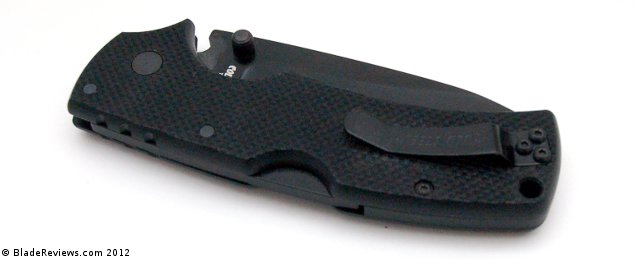
Deployment and Lock
The CS Lawman uses a thumbstud and a half to get the blade out of the handle. The thumbstud is not entirely ambidextrous out of the box, but it is swappable. This is not the fastest deploying knife and it will require some wrist action if you really want to snap the knife out. This is mainly due to the strong backspring of the triad lock. I don’t mind the slow and purposeful deployment of the American Lawman, but if you are one to habitually flick your knife open and closed the Lawman be advised that this isn’t really that kind of knife.
The lock on this knife is quite interesting. It uses the Cold Steel Triad locking system. The Triad is a modified lock back system that utilizes a “stop pin” to redistribute pressure placed on the knife and lock and in theory it provides for a stronger lock. My experience with the Triad lock suggests that it is in fact very strong. Lockback knives are very strong in general and the Cold Steel version is at least as strong as a regular lockback. I like how this lock is designed to break in with the knife so it won’t require maintenance. The lock feels very crisp and nice and secure.
American Lawman or the Recon1 or the AK-47?
Chances are, if you are interested in the American, you may also be interested in the Cold Steel Recon 1 or the AK-47. If that is the case, I recorded a video where I do a detailed comparison of these 3 models that you may find useful.
Cold Steel American Lawman Review – Final Thoughts
If you are in the market for a hard use folding knife and have around $50 to spend, the American Lawman should be on your short list. This is an extremely rugged knife that feels good in hand and is capable of some serious cutting. The relatively light weight design and non-threatening blade make this a good choice for EDC, although the knife could definitely flex into a more “tactical” role. No doubt this is why Cold Steel has marketed the knife toward law enforcement.
The biggest gripe with this knife was always the sub-par AUS-8 blade steel and cheap teflon coating. Cold Steel blew those complaints out of the water, when they upgraded this knife to CTS-XHP and a DLC coating. At this point, the only grievance I can raise is that the pocket clip can be a little small / tight for some. It’s not my absolute favorite clip, but it’s not that bad either.
All said this is one of my favorite folders from Cold Steel. They don’t make a ton of stuff in the 3.5″ blade length and the subdued looks really gels with me. I highly recommend the American Lawman if you need hard a wearing utility knife and don’t want to shell out a ton of cash.
- Blade thickness: 3.5 mm
- Blade length: 3 1/2 inch
- Handle: 4 5/8 inch long. G-10
I recommend purchasing the American Lawman at Amazon or BladeHQ. Please consider that purchasing anything through any of the links on this website helps support BladeReviews.com, and keeps the site going. As always, any and all support is greatly appreciated. Thank you very much.


